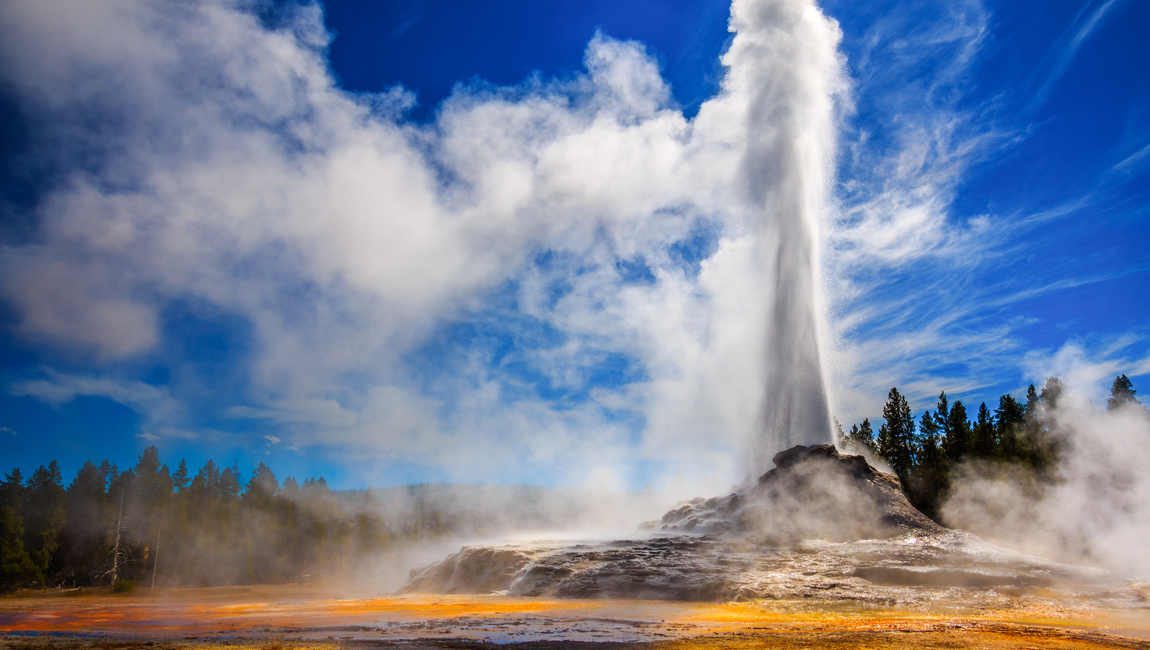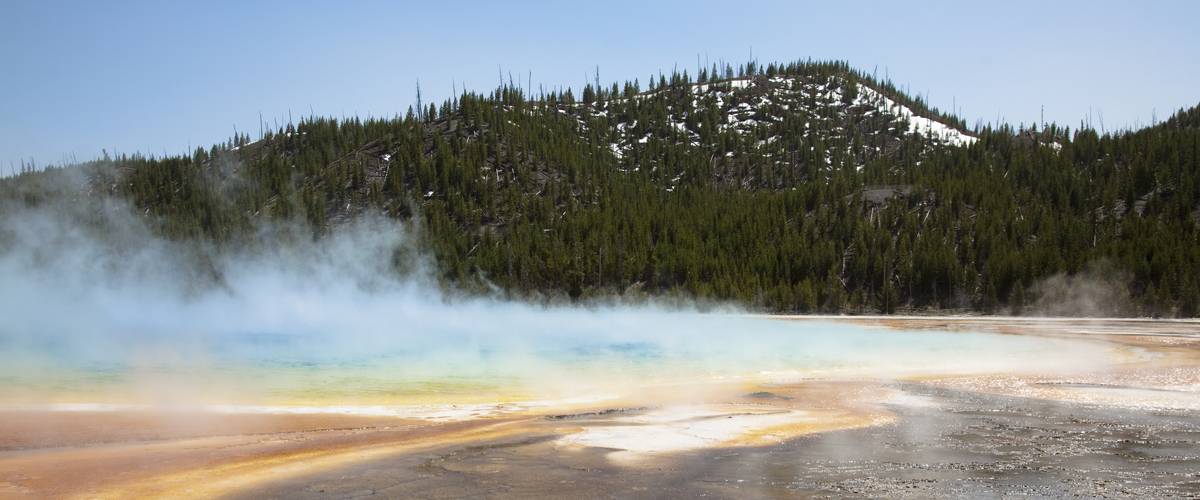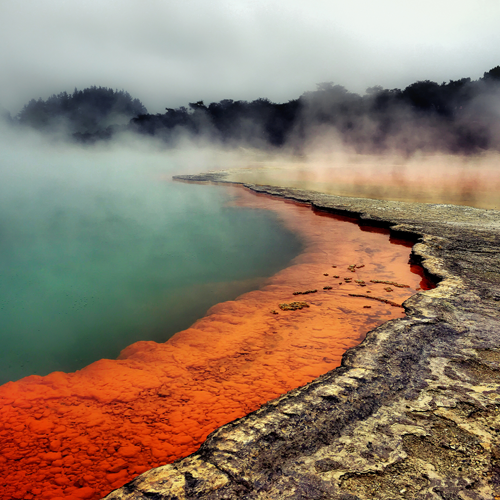Geothermal energy: what is it? Is it renewable?

The term “geothermal” derives from the Greek geo (earth) and therme (heat). This form of energy comes from heat beneath the earth’s surface, where temperatures vary widely based on depth and geographical location. The deeper that rocks and water are found underground, the higher their temperatures.
Since heat is continuously produced within the earth, geothermal is a renewable source of energy. It is frequently used for heating and cooling purposes or for creating clean electricity.
Advantages and disadvantages of geothermal energy
Unlike some other renewable energy sources, such as wind energy and solar power, geothermal is not reliant on weather conditions, giving it a noted advantage. Geothermal energy is available 24 hours a day, year-round, and the United States Office of Energy Efficiency & Renewable Energy has noted that geothermal power plants tend to have availabilities of 90% or higher, while coal plants typically hover around 75%.
Geothermal energy is also clean energy. No fossil fuels like gas, coal or oil have to be burned in its extraction process, and geothermal fields produce a miniscule fraction of the carbon dioxide that gas-powered plants emit.
Still, geothermal energy has its downsides: the cost of geothermal energy can be high, due in part to the initial expense of setting up geothermal power plants. A plant built today would be likely to sell power at an estimated .05 US cents per kWh. Geothermal energy is also location-dependent by nature, with its use limited to just over 20 countries. The largest producer of geothermal energy is the United States, which is home to the world’s largest geothermal field—the Geysers in California, hosting more than 20 power plants with an installed capacity exceeding 1.5GW. Geothermal energy is also highly abundant in Iceland.
How geothermal energy works
Gradual degradation of radioactive particles in the earth’s core—a process which occurs in all rocks—is what sets off the production of geothermal energy.
The Office of Energy Efficiency & Renewable Energy notes that heat, fluid, and permeability must work in tandem to generate geothermal energy. Fluid must either be naturally present or be pumped into a reservoir. For fluid to access heat and be converted into electricity, it must make contact with heated rock. Permeability, then, refers to how fluid percolates in fractured and porous rock. Engineering efforts, along with preexisting and developing technologies, can be used to enhance rock permeability, which can ultimately boost energy output.

Several different processes can be used to harness geothermal energy. One involves digging deep wells into underground reservoirs of steam and hot water. The collected steam and hot water are then used to power turbines connected to electricity generators. Dry steam plants or flash plants are two of the main types of geothermal energy power plants operating today, and some harness temperatures exceeding 180°C. Through binary cycle technology, however, an ever-growing number of less intense temperature fields are being used in electricity and/or heat generation. Enhanced geothermal systems (EGS) are an additional, evolving technology which could help revolutionize the geothermal energy sector.





